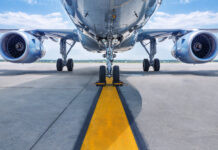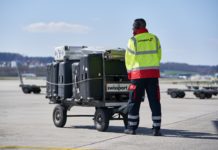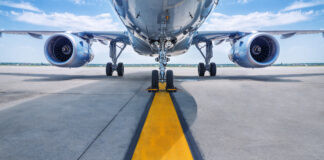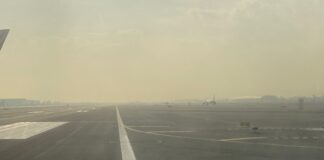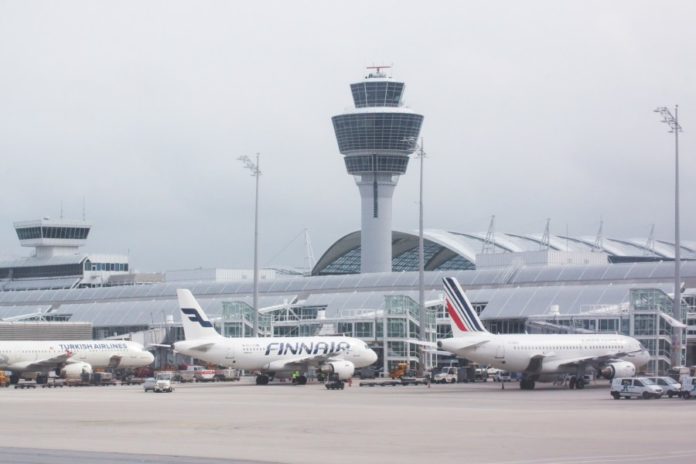

Air cargo operators will know that 2018 is shaping up to be one of the worst years on record for European air traffic control delays and flight cancellations in nearly a decade. Eurocontrol has revealed that ATC capacity and staff shortages led to a 50 per cent increase in delayed flights in October compared to last year. For the full year, Eurocontrol estimates that total delay minutes will be up by 53 per cent versus last year due to strikes and capacity shortages (14.3 million minutes in 2018 versus 9.3 million minutes in 2017).
Airlines for Europe (A4E) is urging the EU and national governments to take swift and decisive action to reform Europe’s Air Traffic Management (ATM) system.
These figures follow this summer’s record delays due to ATC staff shortages and capacity issues, which have wreaked havoc on airlines, their passengers and Europe’s economy. So far in 2018, A4E member airlines have been forced to cancel over 5,000 flights due to ATC strikes, affecting around 800,000 passengers. Flight delays caused by other ATC issues such as staff shortages, airspace diversions and residual backups also hit bellyhold cargo operations.
In 2017, the European Commission released figures further revealing the magnitude of the problem: Since 2005, the EU has been home to some 357 air traffic control strikes, 254 of which have occurred in France – which has seen a 300 per cent in ATC strikes compared to 2017.
“Europe’s Transport Ministers are meeting on December 3. They have a unique opportunity to take decisive action on behalf of their citizens and resolve the political bottlenecks that are contributing to these delays”, A4E managing director Thomas Reynaert said.
“The current crisis has to be addressed. The EU must act now to tackle the long-term damage that is being done to Europe’s economies and to the reputation of our airline industry”, Reynaert added.
The way to remove air space inefficiencies is to introduce a “seamless European sky”. This would integrate national airspaces into a single continuum across the continent. EU Member States would maintain sovereignty of their airspace while cooperating across borders in order to facilitate seamless and more efficient flight operations on behalf of passengers.

